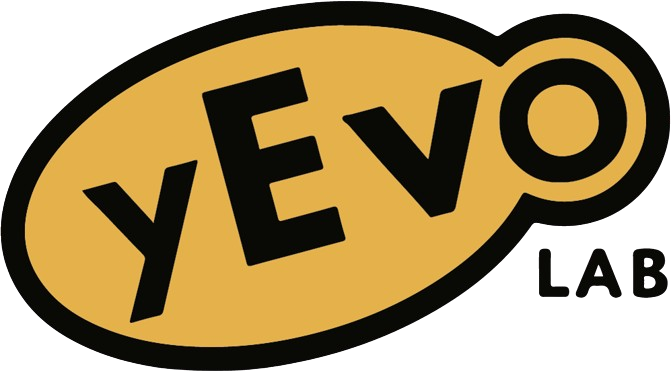In an era where more and more bacteria are building up antibiotic immunities, it is important that providers have access to many different pharmacological options. Researchers have already found that violacein, a hydrophobic compound naturally produced by the bacterium C. violaceum, has some form of antimicrobial activity. S. cerevisiae yeast can be made to express the bacterial pigment gene, but it is unknown if violacein extracted from yeast also acts as an antimicrobial.
Through using autolysis and chemical extraction, we harvested violacein directly from S. cerevisiae. By using solvents such as a saturated NaCl solution, isopropanol, and DMSO, it is possible to extract a large amount of violacein from a small amount of S. cerevisiae. The results indicate that it is possible to harvest violacein from these genetically modified yeast cells.
Follow-up experiments can then be performed to purify the violacein through column chromatography, and to analyze how effective it is as an antibacterial by a disk diffusion assay.
The protocol can be found here.
This project was carried out under the direction of high school educator Alex Broussard by his student Cooper Loveless.
